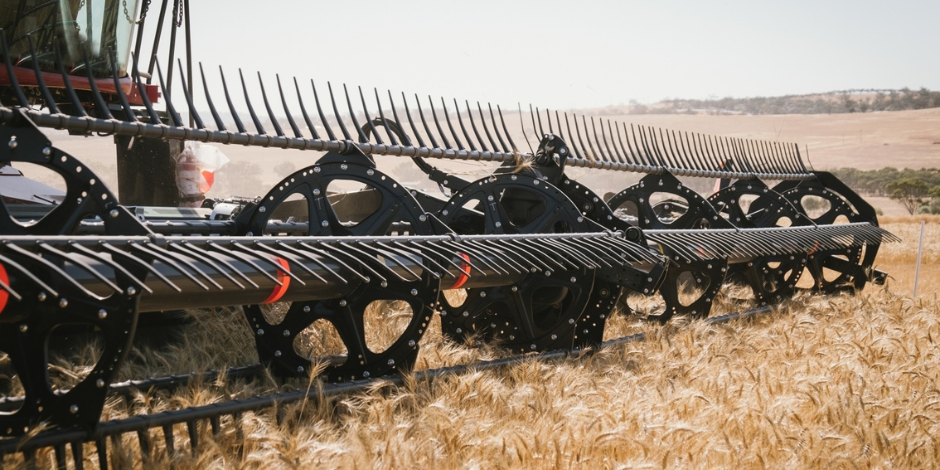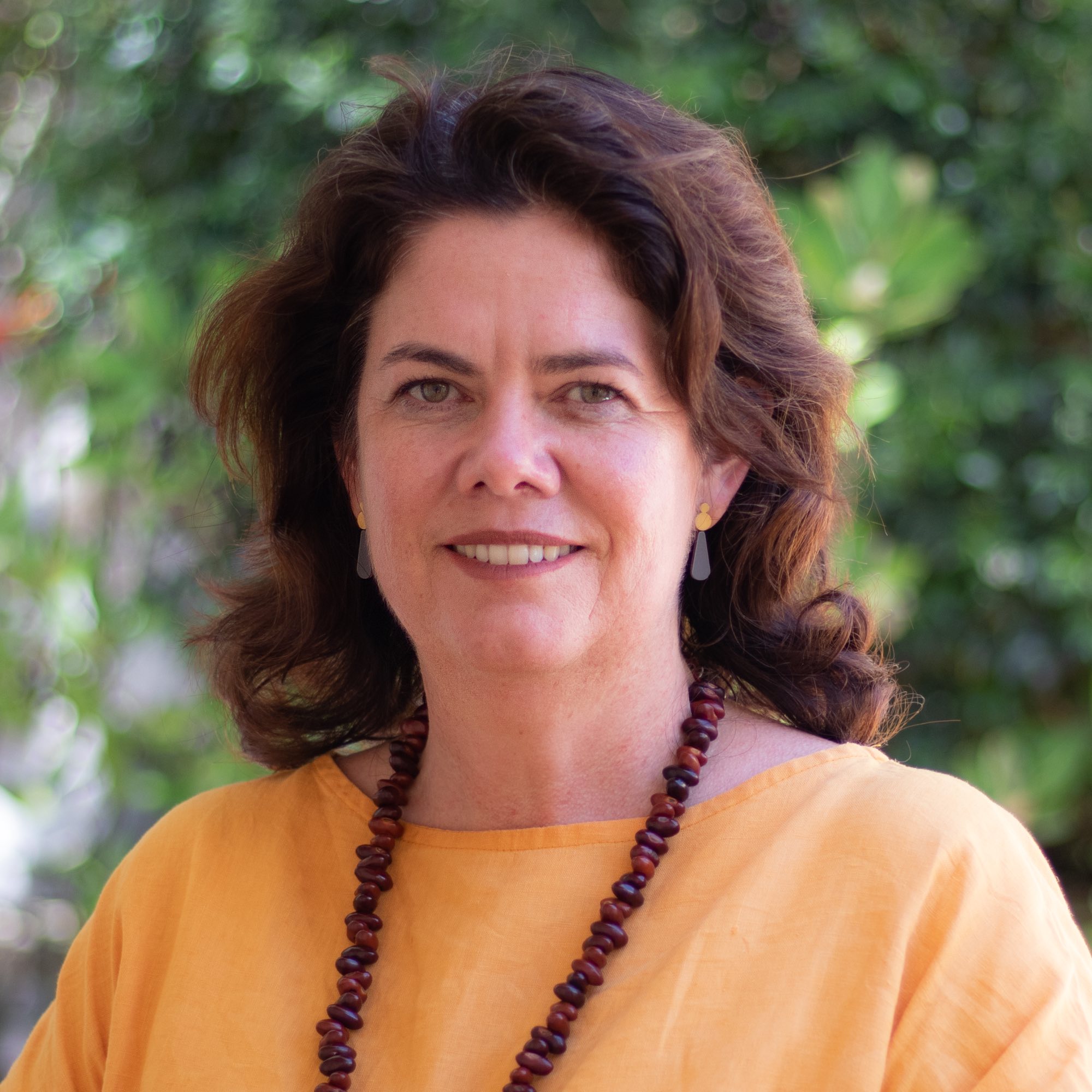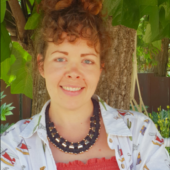Tailored, flexible, adaptable – how Carbon Sync’s farmer-first approach to carbon farming is redefining diversification
Carbon Sync, is on a mission to redefine agriculture in Western Australia. Founder and CEO Louise Edmonds explains why flexible, adaptable soil carbon projects are the way of the future – de-risking not just farm businesses, but farming itself.

A passionate advocate for food production and its role in nature repair, Louise Edmonds brings a steadying hand to the rapidly evolving carbon farming space.
Drawing on more than two decades of experience in environmental markets, Louise founded Carbon Sync – a full-service soil carbon project developer which offers grain growers and graziers in Western Australia (WA) the opportunity to earn carbon credits, while retaining the flexibility and support to adapt management practices as farm needs change.
It’s a model that Louise hopes will redefine the future of farming in WA.
“Farmers have long known the value of carbon to their farm productivity, profitability, and resilience. Yet, many struggle to shift their carbon values. Why is that?” asked Louise.
“It’s because increasing soil carbon isn’t straightforward. It requires a change in management practices, and a change in mindset – and neither of those things are easy to do without support.”

Carbon Sync Founder and CEO Louise Edmonds
That’s where Carbon Sync comes in, offering hands-on soil carbon farming services tailored to the needs of each individual farm – and farmer.
“We’re pretty unique in the market,” explained Louise. “We don’t just sign farmers up to carbon projects and say, ‘Seeya mate. You’ll be right.’”
“We know that carbon projects are a complex commitment, requiring farmers to implement management changes, deliver soil carbon sequestration results, and sustain them for the life of the project – which is 25 years.”
“Farmers need help to manage all that, so we give life-of-project support across all aspects, from selecting the eligible activity to trading the carbon credits – if that’s what farmers opt to do.”
Locking up carbon, not your land
Louise’s experience in emerging natural capital markets has taught her that there are no silver bullets when it comes to carbon farming. If we are to harness the potential of agriculture to restore soil health and address climate change, we need bespoke solutions that honour the diversity of soil types, climatic conditions, production systems – and farm objectives.
“We don’t have recipes for boosting soil carbon. Carbon Sync uses a customised approach where we analyse the land’s unique characteristics, resource constraints, and productivity potential, and use that to customise land management strategies.”
Research conducted for AgriFutures’ Carbon Initiative Program demonstrated that uptake of carbon farming is being hamstrung by a historical legacy of inflexible projects that covered entire properties and required total destocking, for example. Carbon Sync represents the next generation in eligible activities – most of which are already commonplace across Australia.
“Thanks to the decades of work that’s gone into evolving the soil carbon method, carbon projects have moved beyond planting trees and locking up land. There are now so many management options that could be eligible across both cropping and grazing enterprises – many which seamlessly integrate into existing production systems,” explained Louise.
“Cover cropping, intercropping, pasture cropping, improving the diversity of crop or pasture systems, crop rotations. Actions like changing inputs – moving away from synthetic chemicals to treatments that boost the soil microbiome such as manures. The list goes on.”
A lot can happen in 25 years
Twenty-five years is a long time in the life of a farm business – certainly long enough to throw up discussions around land sales or succession. With carbon projects being tied to the land title in Australia, some big questions emerge: What does it mean for land value? Are prospective buyers put off?
Louise said the perception of devaluation is a real issue, but as the carbon market is still so young – and rural valuers have low levels of exposure to carbon farming – there just isn’t enough data to understand if the impact is negative (or indeed, given the income-earning potential of carbon credits, positive.)
“What I do know,” she added, “Is that when I talk to the banks about the impact carbon projects could have on land, their answer is invariably, ‘We believe that it will increase the value.’”
Even for farmers who don’t contemplate a land sale within the project period, farming is a dynamic business. What worked in Year 1 is unlikely to still be the best management practice in Year 25.
“The critical point is that the Carbon Sync projects are flexible enough to evolve as you and your business does,” said Louise.
“Complex adaptive management is at the very core of the regenerative agriculture principles on which carbon farming is founded. We’re not applying a mechanical ‘factory-line’ mindset to a farming system. We understand that an eligible activity might need to change, and we allow for that.”
Strong demand for premium Australian soil carbon
Storing carbon in the soil is not a quick process, but Louise is confident that the farmers who invest their time will reap the rewards of Australia’s world-leading soil carbon method.
“We’ve got the best framework in the world for sequestering soil carbon. We’ve been working on it for decades, learning and improving. The 2021 method is based on measurement of sequestration outcomes, not practices (as is the case with the ‘gold standard’ methods used internationally.) And it’s regulated by the Australian Government’s Clean Energy Regulator, so it is fully independent.”
“It is the highest integrity method in the world. And integrity is a big deal. Companies buying carbon credits are becoming very particular about what they purchase, and so the higher the integrity, the more value that it has.”
We’ve waited decades for the right method. We can’t wait another decade to act
The soil carbon method might have been decades in the making, but Louise wants to see widespread adoption happen much faster than that. And she’s throwing Carbon Sync’s support behind developing the ecosystem needed to accelerate uptake.
Carbon Sync is a foundational partner of the Zero Net Emissions Agriculture Cooperative Research Centre (CRC) – a collaboration of 70+ public and private sector partners all committed to transitioning Australian agriculture to Net Zero by 2040.
Carbon Sync is also supporting the bid for a Nature Positive Economy CRC, which aims to develop the market infrastructure needed for businesses to confidently engage in carbon-offsetting, biodiversity credit trading, and other activities that drive sustainable change in the way we manage natural systems.
“We can’t just keep kicking the can down the road,” explained Louise. “Because the day will come when markets require us to do this.”
“Look at Western Australia, where nearly all our broadacre production is exported. The companies who buy our products will need to start addressing carbon – and when 70-90% of emissions from consumer-packaged goods sit behind the farmgate, they’ll be looking to their suppliers – our farmers – to make the change.”
Louise Edmonds shared Carbon Sync’s work at the evokeAG. 2024 sideline event, The Future Farm: On Farm Innovation Showcase, on 19 February 2024.
Tap into more discussions here about the role of agrifood tech in driving sustainability across supply chains, news from agtech startups, and updates ahead of evokeAG. 2025 in Brisbane, Queensland.
